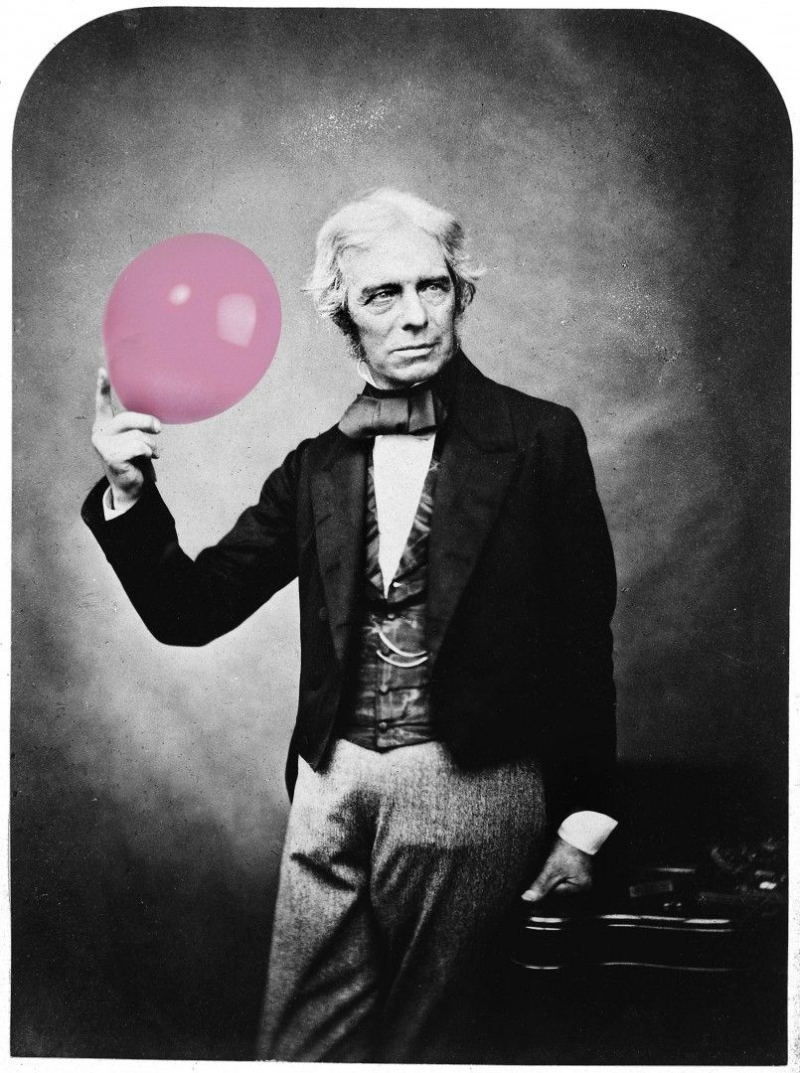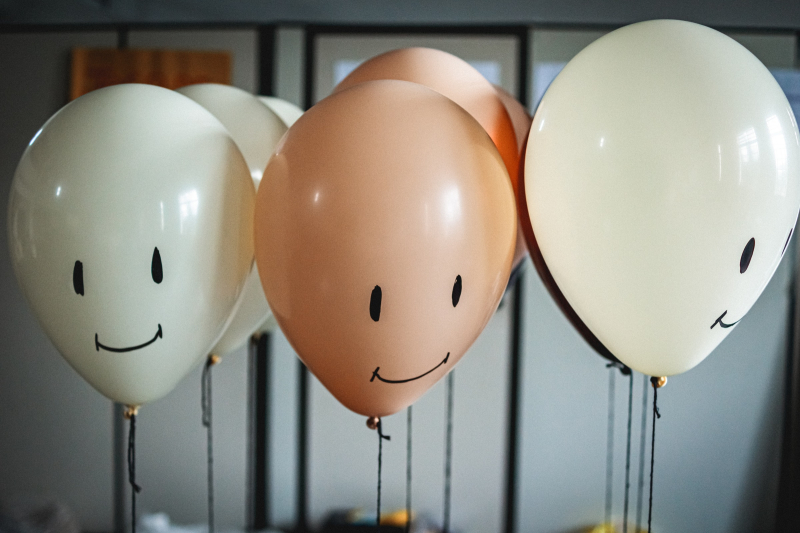Faraday Invented the First Rubber Balloon
A balloon is a thin, flexible bag that may be filled with air and inflated. Rubber latex is commonly used. Professor Michael Faraday created the first rubber balloons in 1824 for use in his hydrogen experiments at the Royal Institution in London. In the same year, he reported in the Quarterly Journal of Science, "The caoutchouc is highly elastic." "Bags manufactured of it...have been inflated by forcing air into them until the caoutchouc became extremely transparent, and when expanded by hydrogen, they became so light that they formed balloons with great ascending power..." Faraday made his balloons by cutting a circle out of two sheets of rubber that had been put together and pressed together. To prevent the opposite surfaces from fusing together, the tacky rubber bonded automatically, and the inside of the balloon was wiped with flour.
His early balloon models are shoddy by today's balloon standards. They were invented by Faraday, who praised the bag's "great rising power." The following year, toy companies began distributing them. Thomas Hancock, a pioneer rubber producer, introduced latex rubber toy balloons as a do-it-yourself kit that included a bottle of rubber solution and a condensing syringe. J.G. Ingram of London invented vulcanized toy balloons in 1847, which, unlike earlier types, were unaffected by temperature changes. They are considered the prototype of current toy balloons.












